Multiple ligament knee injury: complications
Abstract
Non-operative and operative complications are common following multiple ligament knee injuries. This article will describe common complications seen by the surgeon and physical therapist following this complex injury. Complications include fractures, infections, vascular and neurologic complications following injury and surgery, compartment syndrome, complex regional pain syndrome, deep venous thrombosis, loss of motion and persistent laxity issues. A brief description of these complications and methods for evaluation and treatment will be described.
Figures
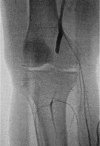
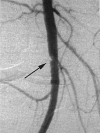
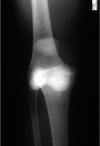
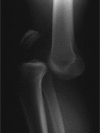
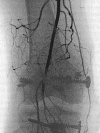
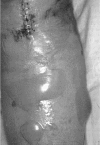
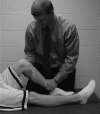
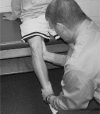
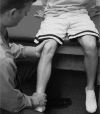


References
-
- Kennedy JC. Complete dislocation of the knee joint. J Bone Joint Surg. 1963;45A:889–904 - PubMed
-
- Meyers M, Harvey JP. Traumatic dislocation of the knee joint. J Bone Joint Surg. 1971;53A:16–29 - PubMed
-
- Shields I, Mital M, Cave EF. Complete dislocation of the knee. Experience at the Massachusetts General Hospital. J Trauma. 1969;9:192–215 - PubMed
-
- Wright DG, Covey DC, Born CT, Sadasivan KK. Open dislocation of the knee. J Orthop Trauma. 1995;9:135–140 - PubMed
-
- Cole BJ, Harner CD. The multiple ligament injured knee. Clin Sports Med. 1999;8: 241–262 - PubMed
LinkOut - more resources
Full Text Sources
